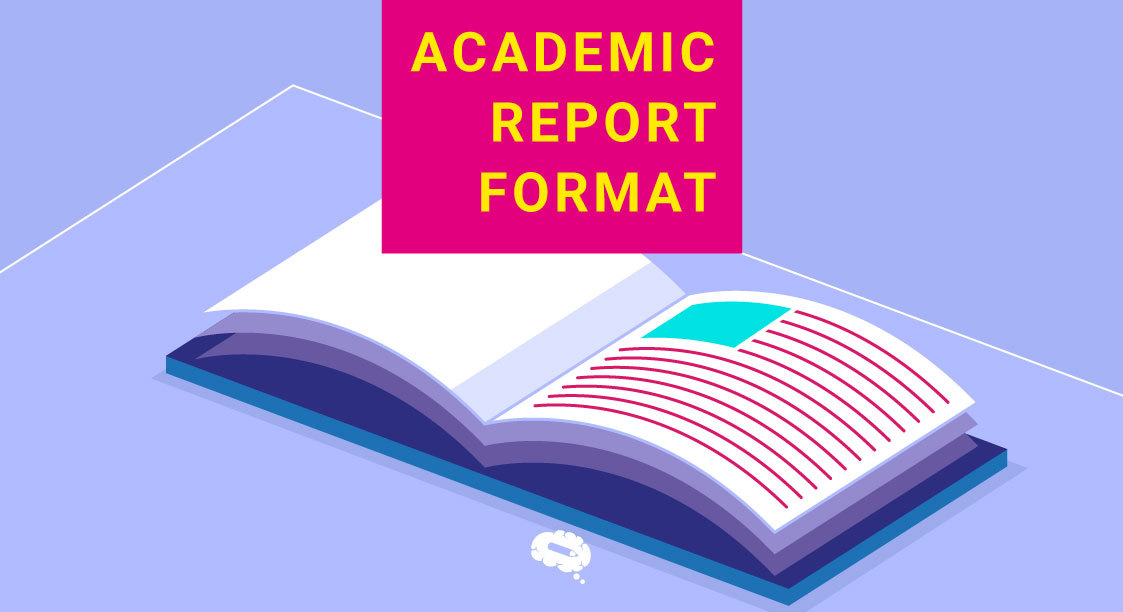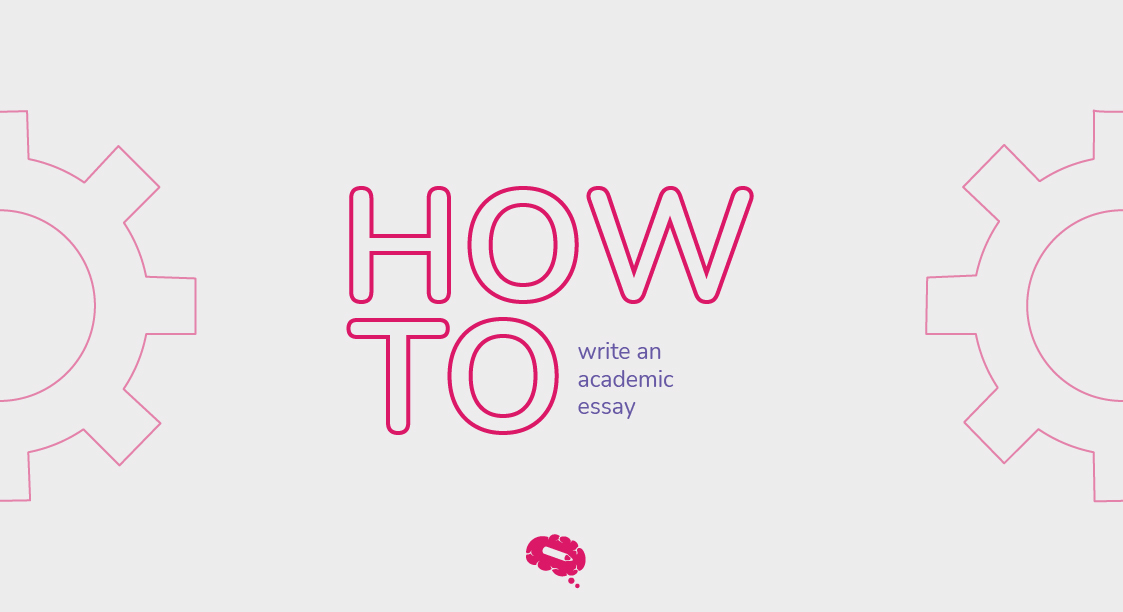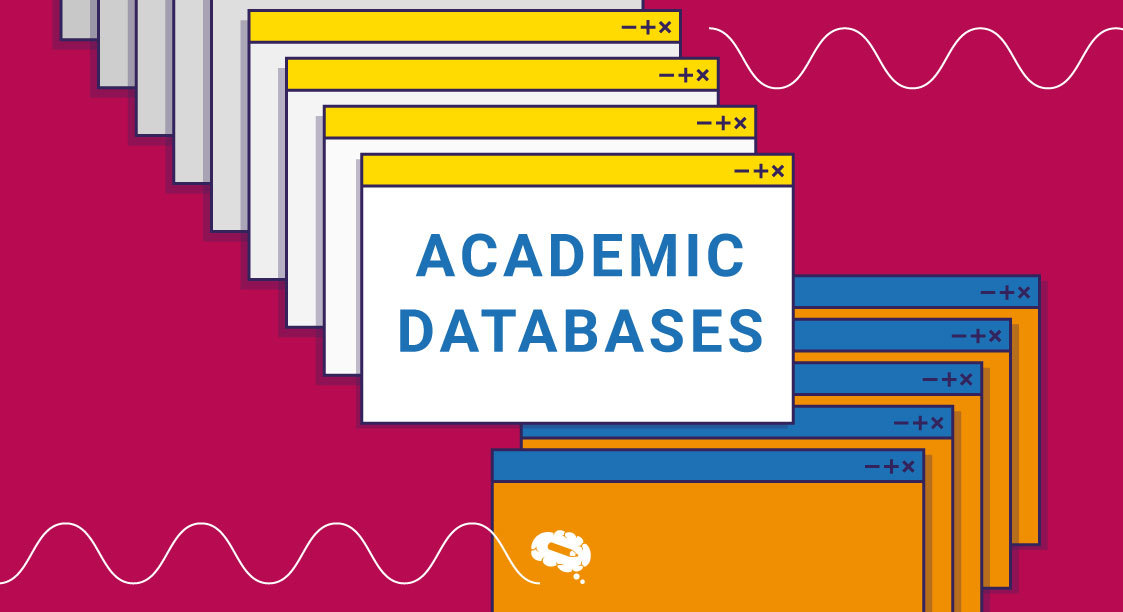Have you faced rejections of articles just because you did not know the structure of the academic report format that you were required to present? We are sure all of us have gone through the terrible times of sectioning and formatting the content according to the publisher’s or conference organizer’s fancies.
Last-minute submissions and those nightmares are common in the research field. Let’s discuss the academic report format to help you sail smoothly through your next submission.
Types Of Academic Reports
When it comes to writing academic reports, there are a variety of formats and structures that can be used. Knowing the type of report you need to write can help you accurately structure your information in the best way possible for maximum impact. Some common types of academic reports include research papers, lab reports, case studies, literature reviews, and surveys, for example. Each one requires different elements and follows a specific academic report format – all while adhering to certain requirements depending on the subject matter or course material.
Additionally, each report should have an introduction section containing background information about the topic being addressed as well as objectives which will serve as signposts during your discussion. This will then lead into further sections such as results & findings (for primary data), conclusions (for secondary data), and finally, recommendations if applicable – all wrapped up with thoughtful consideration towards any ethical issues that may have been encountered along the way. By following these guidelines appropriately you’ll be sure to create impactful academic reports that are structured properly.
Also read: How To Write An Introduction For A Research Paper
Elements Of An Academic Report
When writing an academic report, it is important to follow the proper format and structure. This will make your paper more effective in conveying information while also demonstrating that you have a strong understanding of its components. Here are some key elements to consider when creating an impactful academic report.
Title Page
The title page should include the name of the author, or authors, their affiliation (if applicable) as well as any other relevant contact details such as email address or phone number. It should also contain a brief description of what is included within this document so readers can quickly understand its contents without having to read through every section.
With different kinds of academic report formats, the title page is different. For the dissertation thesis, the title page may contain the name of the academic institution that you belong to (sometimes a logo of the institution), the year of submission, and name of the student submitting. However, in the field of case studies, it would be wise to write a summary of the case study to brief the reader. Usually, the elements are provided by the institution or publication house for ease of writing.
Table Of Contents
Academic reports are important documents used to communicate and present findings, analyses, and conclusions of a research study. An effective report is well-structured with clear formatting that supports the reader in comprehending the content.
The first step in drafting an academic report is creating a Table of Contents (TOC). A TOC maps out the sections and subsections of your paper by providing each section’s title as well as its page number. This allows readers to easily find what they are looking for without having to search through all pages of text. The table should start on a new page after the title page or abstract; this can be accomplished by inserting a “Page Break” command at the end of those two elements before starting your TOC.
Generally speaking, titles should appear both on their lines within the body text and also within separate entries on the TOC itself (ex: Introduction vs 1 Introduction). Depending on the length, it can often be helpful to include additional subsections for easier navigation; however, these do not need to appear in both places unless desired.
Once completed, an accurate table of contents will make navigating through longer papers much simpler while helping keep key points organized so that other readers may quickly understand
Statement Of Purpose
Some academic report formats start with a statement of purpose, which gives readers an overview of what the paper will be about and why you chose this particular topic. This should provide context and explain why your research matters so that readers can follow along easily.
After the statement of purpose comes sections covering methods, results, discussion, conclusions & recommendations, and references. Each section must be properly formatted according to established standards (APA or CSE or any other format required). Furthermore, all information presented must adhere to ethical reporting guidelines such as accurately documenting sources and avoiding plagiarism or other forms of scientific misconduct. Read this article and learn more about plagiarism.
Introduction
An introduction serves as a roadmap for readers that outlines what they can expect from the rest of your content. It should provide background information about context and objectives while guiding readers through its main points without going into too much detail. If relevant, examples could be used here also; this would help demonstrate more clearly how these elements are included in practice within even complex studies while conveying accurately key insights derived from them at the same time.
It is different from the purpose of the statement as the objective of the introduction is to introduce the subject matter to the reader. Whereas the objective of the purpose statement would be to introduce the reader to your academic report, research paper, etc.
Main Content
Also known as “body”, the main content of an academic report should be structured in a way that presents the topic. A well-structured body of the report not only conveys information to readers but also keeps them engaged and provides context for understanding key points. This can be managed using headings, subheadings, bulleted or numbered lists when appropriate, tables and figures (graphs, diagrams) if necessary, as well as text formatting techniques like boldface for emphasis purposes.
The body section is the heart of the article. For various kinds of academic article formats, the body may include research methodology, details of the survey sites, data collection and analysis, background information related to findings, explanation of key results from study or experiment; discussion, and comparisons at times. This section usually has statistical data analysis and you can provide summary statistics using tables and charts too. Feel free to use the Mind the Graph platform to express your results in the best ways with a vast library of scientific icons. Also, you can ask us to prepare icons specific to your needs and our team will reach out and design it for you.
Summary Or Conclusions
Drawing meaningful conclusions from the survey, research, and systematic review is very important. Readers are inclined more to read your conclusions to get inspiration for their work and relate their journey. This section can also include recommendations for future research or action steps.
Appendices (If Needed)
Depending on the subject matter of the report, appendices may be needed to provide further clarification or detail. Appendices should include any additional material that does not fit into the main body of the text but can still support its purpose. Sometimes this is also named “supplementary information”. This could range from images and tables to detailed calculations, transcripts, or surveys related to the research topic.
The content must be organized clearly with each appendix numbered according to how they are referenced in the report (e.g.: Appendix 1). Each appendix should also start with a heading providing a clear indication of what type of data is being presented within it as well as other relevant details such as methods used if appropriate. Additionally, if multiple appendices are included there should be an overarching ‘List Of Appendices’ at the beginning so readers can easily locate them throughout the document.
List Of References
A comprehensive list of references is the key to ending a fantastic academic article. The references section should include any sources used in research for the report or mentioned by name in its text. Depending on requirements from your institution, you may need to use either APA or MLA style for formatting citations. Generally speaking, each reference entry should include information such as authors’ names, publication date (if applicable), the title of the work referenced including version number (when relevant), and publisher’s name (or URL if accessed online). For managing references, you could also take the help of online and offline reference management software such as EndNote.
In this article, you can learn more about Mendeley, a free reference management software that allows researchers to organize, share, and discover research papers.
Formatting Your Academic Report
When it comes to academic reports, the format is key. Your report must be succinct and easy to follow for any reader; the structure should be logical, clear, and organized in a way that allows readers to grasp your findings quickly.
Once you have prepared good engaging content, it must be served right to the reader. Understand the basics of good layout – make sure to include headings at appropriate points and use bullet points when necessary. With technological advancements, it is possible to use software and formatting tools like LaTeX for a hassle-free article presentation. Don’t forget to use Mind the Graph for preparing graphs and figures to make your article beautiful.
Writing Style And Tone
When writing an academic report, it is important to consider the audience and use a clear, concise tone. Academic reports must be written in language that is easy to understand by readers who may or may not have expertise in the subject matter being discussed. It is critical for writers to remain objective throughout their report, as this increases its credibility and reliability.
Discover The Ideal Infographic Template Tailored To Your Research Needs
Imagine stumbling upon a tool that streamlines scientific complexity, transforming intricate concepts into easily digestible infographics. Sounds miraculous, doesn’t it?
Certainly, infographics are a smart choice, particularly for scientists and researchers, as they facilitate audience comprehension of your work. If you haven’t tapped into this advantage, consider registering for the Mind the Graph tool. This resource enables you to connect your content with the world’s most extensive scientifically accurate illustration library, offering over 75,000 options to enhance your work.

Subscribe to our newsletter
Exclusive high quality content about effective visual
communication in science.





